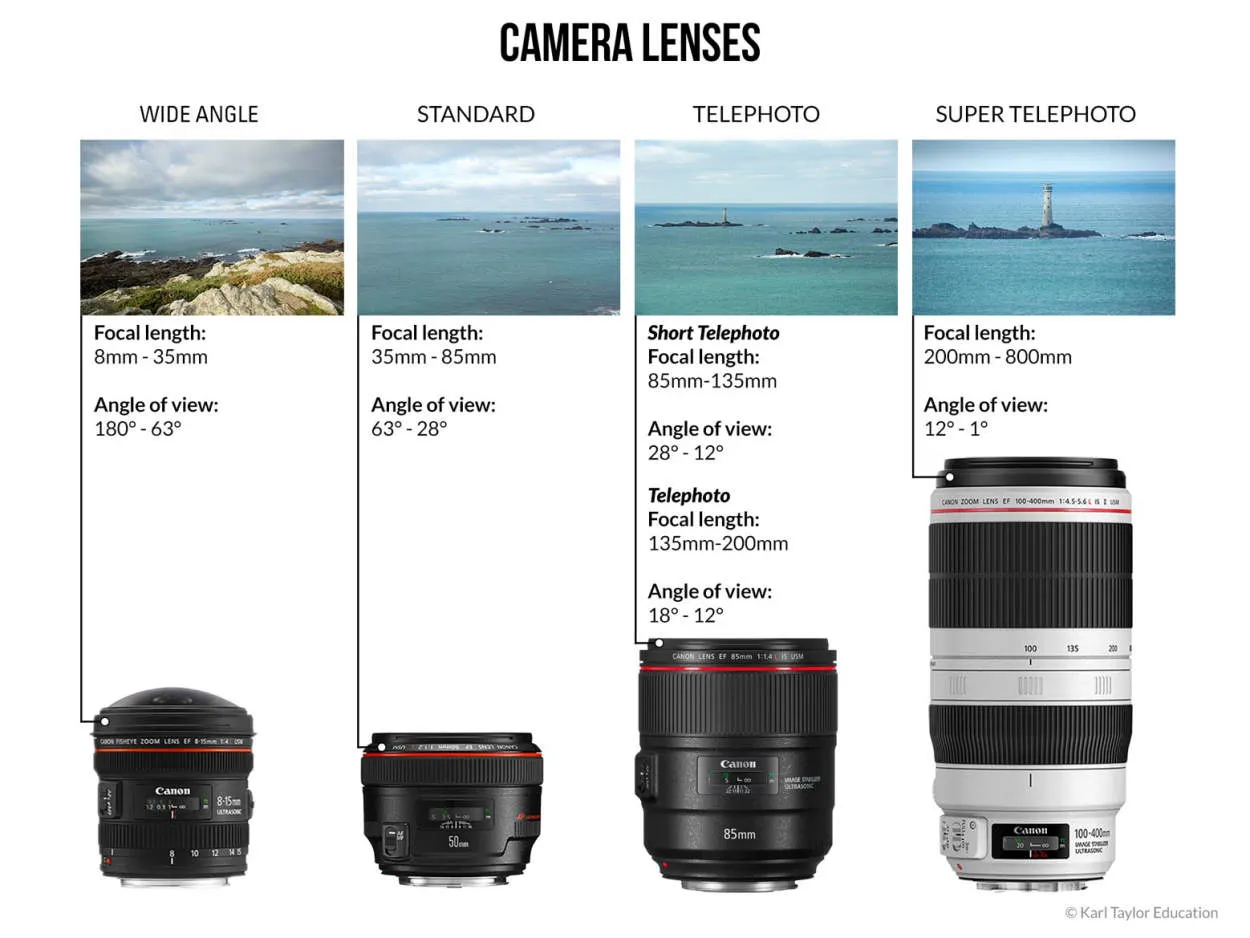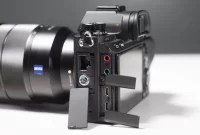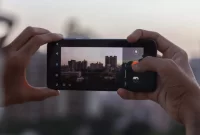Discover the incredible versatility of cameras as we delve into their ability to capture stunning images in various lighting conditions. From low-light situations to bright sunlight, this article explores how different cameras adapt and perform, delivering exceptional results in every setting.
Mastering Low-Light Photography Techniques
When it comes to photography, lighting plays a crucial role in capturing stunning images. Different lighting conditions present unique challenges, and one of the most challenging scenarios is low-light conditions. Whether you’re shooting indoors in dimly lit environments or outdoors during twilight or nighttime, mastering low-light photography techniques is essential to achieve great results.
Here are some tips to enhance your low-light photography skills:
-
Use a tripod:
With reduced light, longer exposure times are necessary to capture enough light. To avoid blurry images caused by camera shake, it’s important to stabilize your camera using a tripod. This will allow you to keep your camera steady, resulting in sharper photos.
-
Adjust your ISO:
In low-light conditions, increasing your camera’s ISO can help to brighten the image. However, be cautious as higher ISO settings can introduce digital noise and decrease image quality. Find the right balance to minimize noise while maintaining the desired exposure.
-
Utilize wide apertures:
Wide apertures (low f-stop values) allow more light to enter the camera, making them ideal for low-light photography. Using a lens with a wide maximum aperture helps to create a shallow depth of field while keeping your subject well-lit.
-
Experiment with longer shutter speeds:
When shooting in low-light situations, longer shutter speeds can capture more light, resulting in better-exposed images. However, be cautious of motion blur—use a slower shutter speed only when your subject is still or intentionally seeking motion blur effects.
-
Take advantage of existing light sources:
In low-light environments, look for available light sources like streetlights, candles, or even the moon. These sources can create dramatic lighting effects and add a unique touch to your photographs.
By mastering these low-light photography techniques, you can capture captivating images even in challenging lighting conditions. Remember, practice is key to improving your skills, so get out there and start experimenting!
Utilizing Natural Light for Outdoor Portraits
In the world of photography, lighting plays a significant role in capturing stunning and impactful images. When it comes to outdoor portraits, natural light can be a game-changer. It offers a wide range of possibilities for photographers and allows them to explore different moods and effects.
Here are some tips for making the most out of natural light when shooting outdoor portraits:
1. Golden Hour Magic
The golden hour, which occurs during the first and last hour of sunlight in a day, provides soft, warm, and flattering light. During this time, the sun is low in the sky, casting a beautiful golden glow on the subject. Take advantage of this magical hour to create captivating portraits with a dreamy atmosphere.
2. Seek Shade
Direct sunlight can be harsh and create unflattering shadows and highlights on the subject’s face. When shooting in bright sunlight, look for shaded areas such as under trees or buildings. This diffuses the light, creating even and soft illumination on the subject’s face, resulting in more pleasing portraits.
3. Use Reflectors
Reflectors are handy tools that bounce natural light back onto the subject, effectively filling in shadows and adding a beautiful catchlight to the eyes. They come in various colors, such as silver, gold, and white, each producing a different effect. Experiment with different reflectors to achieve the desired look and enhance the overall quality of your outdoor portraits.
4. Embrace Backlighting
Backlighting is when the main source of light is behind the subject. Instead of avoiding it, use this technique creatively to your advantage. Backlighting can create a glowing halo effect, highlighting the subject’s silhouette and creating an ethereal and magical mood in your portraits.
So, the next time you’re shooting outdoor portraits, don’t underestimate the power of natural light. Experiment with different lighting conditions, utilize the golden hour, and explore various techniques to capture stunning and captivating images that truly showcase the beauty of your subjects.
Understanding Artificial Lighting for Studio Work
In the world of photography, artificial lighting plays a crucial role in creating stunning images in a studio environment. It allows photographers to have full control over the lighting conditions, resulting in enhanced creativity and versatility in capturing subjects.
Artificial lighting in studios can be achieved using various equipment, including strobe lights, continuous lights, and LED panels. These lighting sources offer different characteristics and advantages depending on the desired outcome.
Strobe Lights
Strobe lights are powerful flashes that provide a short burst of intense light. They are commonly used in studio photography due to their ability to freeze motion and produce sharp, well-defined images. Strobe lights are ideal for fashion, product, and portrait photography where precision and control are essential.
Continuous Lights
Unlike strobe lights, continuous lights emit a steady light source that allows photographers to see the exact effect of the lighting in real-time. This makes continuous lights suitable for video shoots and photography sessions where continuous monitoring and adjustments are required. They offer a more natural and consistent lighting effect.
LED Panels
LED panels are versatile lighting sources that provide adjustable brightness and color temperature. They are energy-efficient, compact, and generate low heat, making them a popular choice for various studio applications. LED panels are often used for product photography, still life, and even as fill lights to complement other sources.
Understanding the different characteristics and uses of artificial lighting in a studio setting is essential for photographers to maximize their creative potential. Through practice and experimentation, photographers can master the manipulation of artificial lighting to achieve their desired results.
Experimenting with High-Contrast Scenarios
When it comes to exploring the versatility of cameras in different lighting conditions, one aspect that photographers often find challenging is capturing high-contrast scenarios. These scenarios involve a stark difference between light and dark areas, resulting in extreme highlights and shadows.
High-contrast situations can be found in various settings, such as landscapes with bright sunlight casting shadows, indoor spaces with dramatic lighting contrasts, or even street scenes during twilight hours. Mastering the art of capturing high contrast can significantly enhance your photography skills and create compelling visual stories.
To effectively experiment with high-contrast scenarios, it’s crucial to understand your camera’s capabilities and the different techniques you can employ. One approach is to use exposure bracketing, where you take multiple shots at different exposure settings. This technique allows you to capture a wider range of tones in both the highlights and shadows, providing more flexibility during post-processing.
Additionally, utilizing the camera’s dynamic range settings can help optimize the exposure in high-contrast situations. This feature allows for expanding the camera’s ability to capture details in both bright and dark areas simultaneously.
Another technique worth exploring is using a graduated neutral density (ND) filter. Placed in front of the camera lens, this filter darkens the bright areas of the image while maintaining the exposure in the darker areas. By balancing the exposure, it enables you to capture more details and prevent blown-out highlights or lost shadows.
Furthermore, post-processing plays a significant role in enhancing high-contrast images. Software programs like Adobe Lightroom are equipped with tools such as the highlights and shadows sliders, which allow you to fine-tune the exposure and recover details in the extreme areas.
Experimenting with different lighting conditions and high-contrast scenarios can unlock your camera’s full potential. By understanding the technical aspects, utilizing the right tools, and leveraging post-processing techniques, you can create captivating photos that convey the dynamic range of light in a visually impactful way.
Conclusion
In conclusion, cameras have proven to be highly versatile in capturing images in different lighting conditions. Advancements in camera technology have equipped them with features such as high ISO capabilities, image stabilization, and powerful sensors to deliver high-quality photos even in low light. Additionally, the availability of various shooting modes and settings allows photographers to adapt to different lighting scenarios with ease. Whether it’s bright daylight or dimly lit environments, cameras offer the flexibility needed to capture stunning images.




